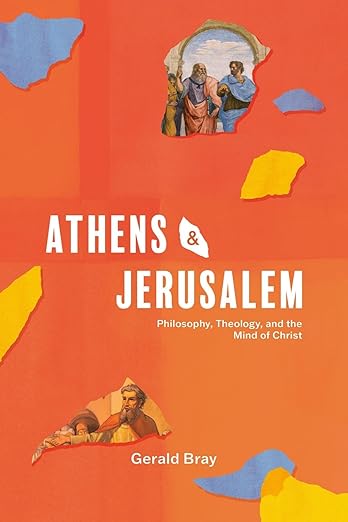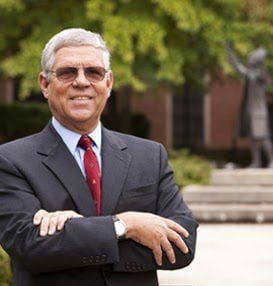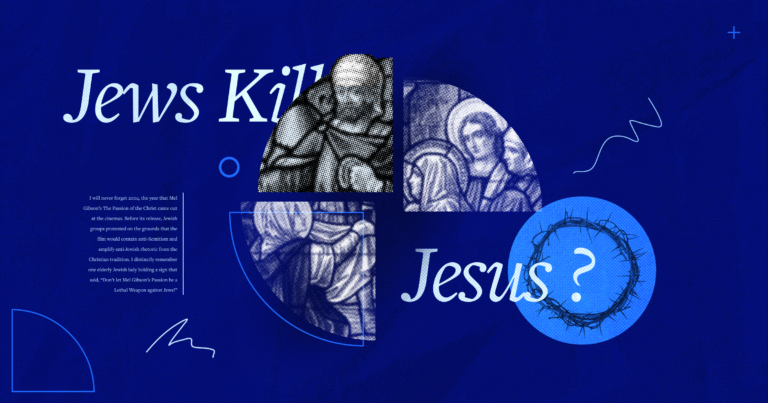Gerald Bray’s Athens and Jerusalme– Part Six 2025-04-04T10:46:10-04:00 Ben Witherington
Throughout much of Christian history, Christian thinkers have flirted with the idea of ‘the immortal soul’. You can see it for instance, as early as Origen’s writings and many others after him. It ultimately does go back to Plato. But there are serious problems with this and here’s a short list: 1) immortal would seem to mean always existing, but the Christian doctrine of creation rules out the idea that some part of humans has always existed. This in turn means we should not talk about eternal life when referring to humans, but rather the possibility of everlasting life which comes from embracing Christ— a life that goes on forever into eternity, but did not always exist before embracing Christ; 2) the final form of everlasting life doesn’t involve the notion of a soul always existing, but rather a resurrected body; 3) the Greek notion of the immortal soul should not be confused with the Hebrew idea of ruach which means wind, breath or spirit or the Greek idea of pneuma which likewise can mean wind. breath or spirit. Further psuche can mean the animating principle in a person– life breath, or it can refer to the whole person, but what it does not mean is soul. Thinking of 1 Cor. 15– Adam became a psuchikon soma— a living being once God breathed into him, but someday we will at the resurrection become pneumatikon soma— resurrected bodies totally animated by God’s Spirit. The immaterial part of the human being is his spirit— as Jesus says ‘into thy hands I commend my spirit’ as he dies.
As Bray points out “What finally turned Justin [Martyr] away from Platonism was his realization that the Platonic doctrine of the immortality of the soul cannot be correct. The human soul [or spirit] is part of the world of death and decay, which is why it sins. If it were immortal it would be like God and therefore sinless. A sinful soul that is nevertheless immortal is a contradiction in terms, but Plato failed to perceive that.” (p. 69.
And unfortunately, one of things that led to a shift in Christian emphasis about everlasting life was a change from focusing on resurrection at Christ’s return, to a focus on dying and going to heaven as a disembodied spirit (or ‘soul’ as some insisted on calling it). An eschatological future in space and time was exchanged for an other worldly one. And this sort of thinking still plagues the church today even though our funeral liturgy emphasizes the right end— ‘ashes to ashes, dust to dust, in sure and certain hope of the resurrection’. (not dying and going to heaven). The larger demise of pagan philosophy in general in A.D. 529. (p. 85) was not a real death, because it survived first in Christian use of such philosophies, but then its revival during the Enlightenment by various atheist and deist philosophers as well.
For one thing a fascination with Plotinus and Neo-Platonism continued, not least because Plotinus, unlike Plato, did not think that the Creator had to work with pre-existing forms and matter. All created stuff derived from the Creator. But Plotinus thought evil came from humans not being fully developed, and so inadequate in some way. This was rather like the hole in a doughnut, and so he even suggested evil was non-Being or even anti-being– an idea that got recycled a lot in later Christian discussions. Or could evil be like a cancer on the good— not something in itself?











 English (US) ·
English (US) ·